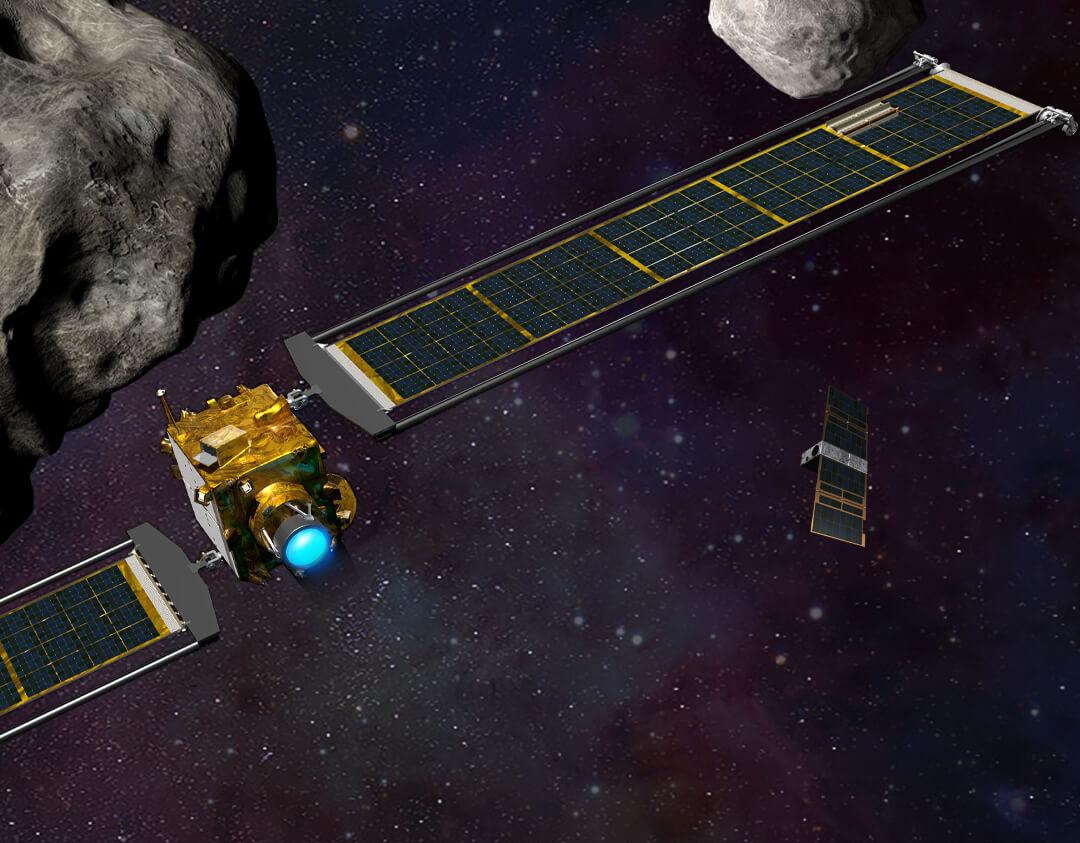-
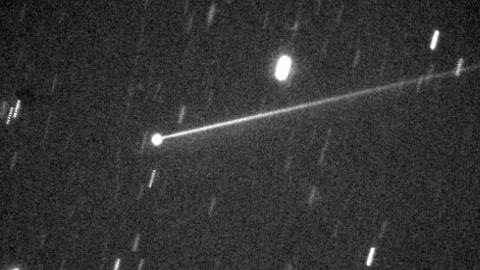 Dec 15, 2022
Dec 15, 2022Scientists Following a Dusty Tail to Shape the Story of DART’s Impact
Since NASA’s Double Asteroid Redirection Test (DART) spacecraft intentionally slammed into the asteroid moonlet Dimorphos on Sept. 26 — altering its orbit by 33 minutes — the investigation team has been digging into the implications of how this planetary defense technique could be used in the future, if such a need should ever arise. DART team members provided a preliminary interpretation of their findings during the American Geophysical Union’s Fall Meeting on Thursday, Dec. 15, in Chicago. -
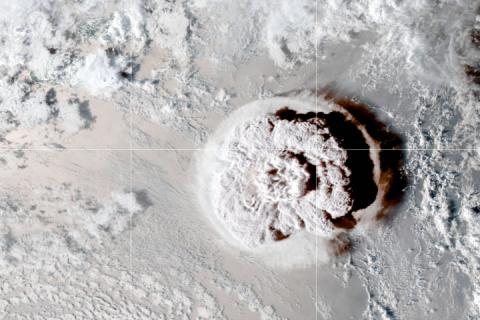 Dec 14, 2022
Dec 14, 2022Making a Volcanic Splash: Tonga Eruption Blasted Water Vapor into Outer Space
The eruption of the mostly submerged Hunga Tonga-Hunga Ha’apai volcano on Jan. 15, 2022, was among the most powerful in the modern era, creating a massive planet-sized shockwave that reverberated around the globe for days. A new Johns Hopkins APL study shows for the first time that the explosion also blasted water vapor past the boundary of outer space. -
 Dec 7, 2022
Dec 7, 2022Intern on Johns Hopkins APL’s Dragonfly Mission Shoots for the Moon
Will Suero Amparo, an intern in APL’s Space Exploration Sector, aspires to become an astronaut. Now, working on the Dragonfly space exploration mission through the Dragonfly Student & Early Career Investigator Program, he is one step closer to that dream. -
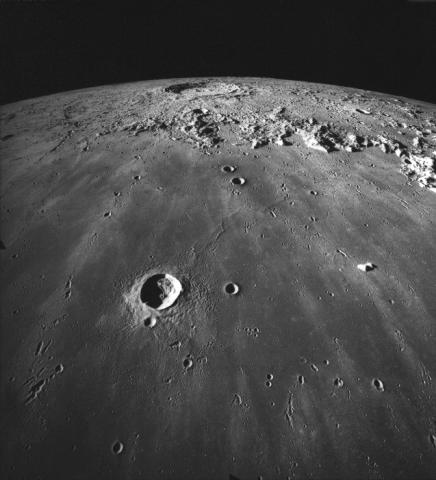 Dec 2, 2022
Dec 2, 2022Johns Hopkins APL to Build Science Instrument for First Canadian Lunar Rover
APL scientists and engineers will develop an infrared imaging instrument for Canada’s first lunar rover. Called LAFORGE, the instrument will be the first to fly to the lunar surface with the capability of measuring the low temperatures found in some shadowed regions. -
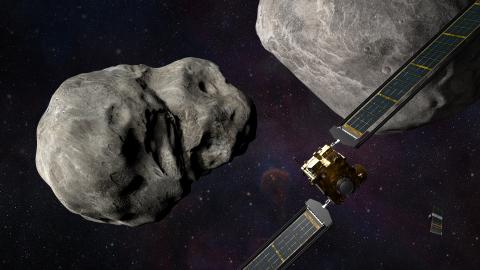 Nov 30, 2022
Nov 30, 2022DART Mission Earns Popular Science’s “Best of What’s New” for Pioneering Planetary Defense Capability
The editors of Popular Science magazine have named NASA’s Double Asteroid Redirection Test (DART) one of the top technology innovations of 2022. Designed, built and managed by Johns Hopkins APL, DART changed the orbit of a celestial body for the first time in human history, demonstrating the capability to defend the Earth from a potential future impact. -
 Nov 23, 2022
Nov 23, 2022NASA’s Webb Telescope Reveals an Exoplanet Atmosphere in ‘Once Impossible’ Detail
Johns Hopkins APL scientists are part of an international team that used NASA’s Webb Telescope to reveal the first comprehensive list of molecular ingredients in the atmosphere of a planet roughly 700 light-years away. -
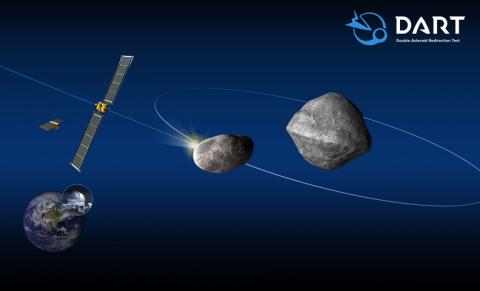 Oct 11, 2022
Oct 11, 2022NASA Confirms DART Mission Impact Changed Asteroid’s Motion in Space
Analysis of data obtained over the past two weeks by NASA’s Double Asteroid Redirection Test (DART) investigation team shows the spacecraft’s kinetic impact with its target asteroid, Dimorphos, successfully altered the asteroid’s orbit. This marks humanity’s first time purposely changing the motion of a celestial object and the first full-scale demonstration of asteroid deflection technology. -
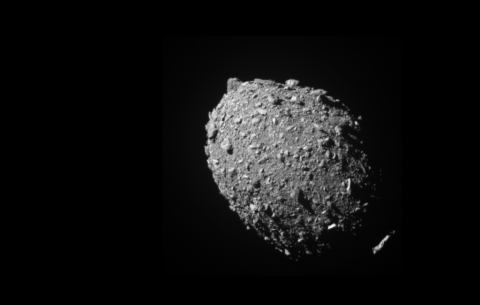 Sep 26, 2022
Sep 26, 2022Bullseye! NASA’s DART Mission Impacts Asteroid Target in World First
After 10 months of flying in space, NASA’s Double Asteroid Redirection Test (DART) – the world’s first planetary defense technology demonstration – successfully impacted its asteroid target on Monday, the agency’s first attempt to move an asteroid in space. Mission control at the Johns Hopkins APL announced the successful impact at 7:14 p.m. EDT. -
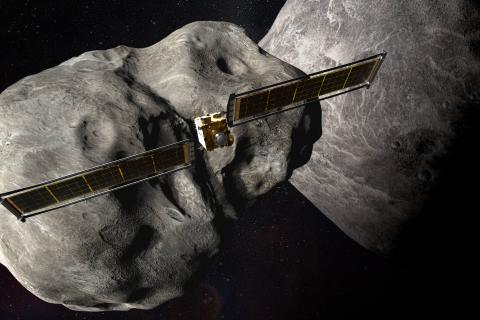 Sep 24, 2022
Sep 24, 2022DART’s Small Satellite Companion Tests Camera Prior to Dimorphos Impact
NASA’s Double Asteroid Redirection Test (DART) is set to make history next Monday as the world’s first planetary defense test, and the spacecraft’s own “mini-photographer” LICIACube (short for Light Italian CubeSat for Imaging Asteroids) is warming up to capture the event. -
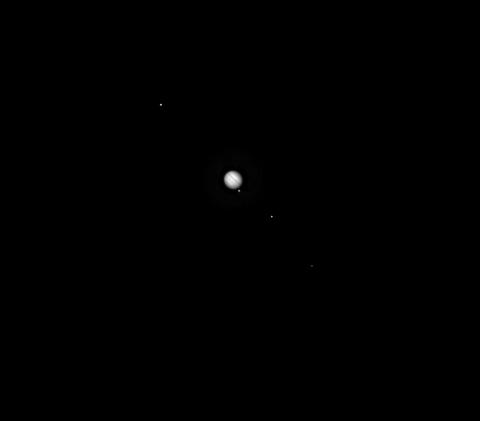 Sep 20, 2022
Sep 20, 2022DART Tests Autonomous Navigation System Using Jupiter and Europa
After capturing images of one of the brightest stars in Earth’s night sky, NASA’s Double Asteroid Redirection Test (DART) spacecraft turned its camera toward another eye-catching spectacle: Jupiter and its four largest moons.
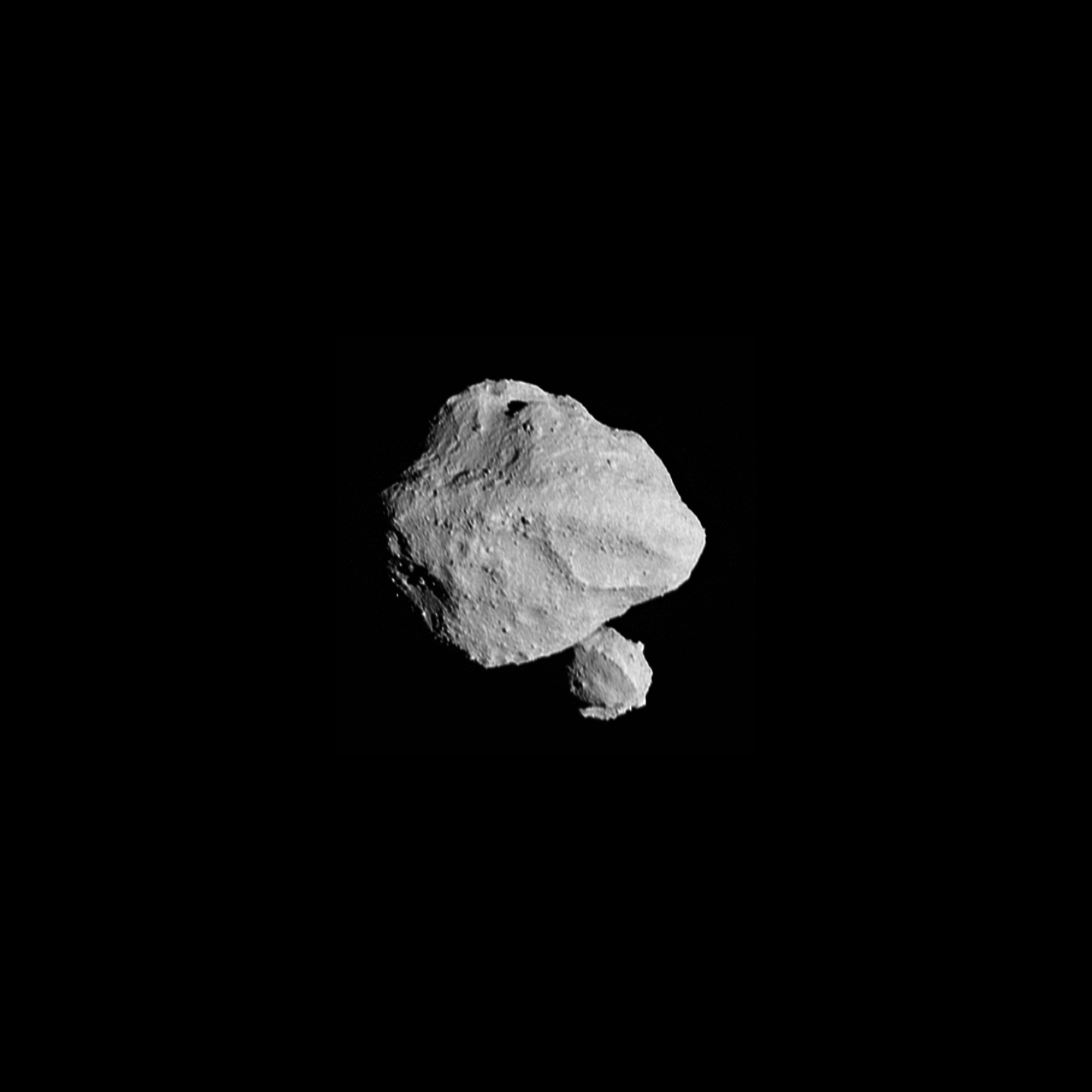
Featured Image


